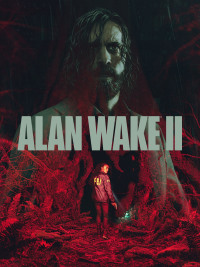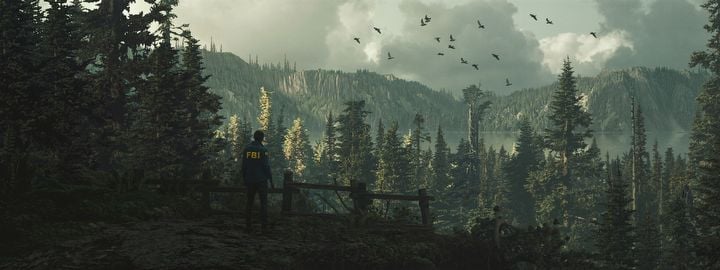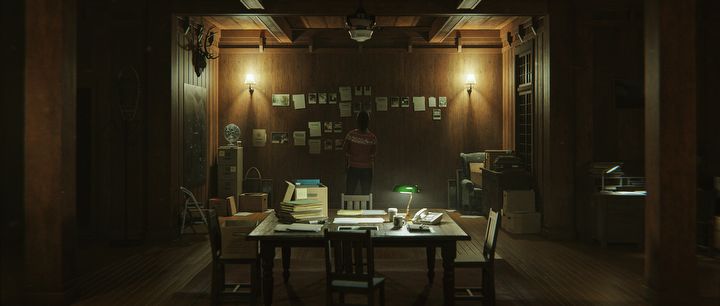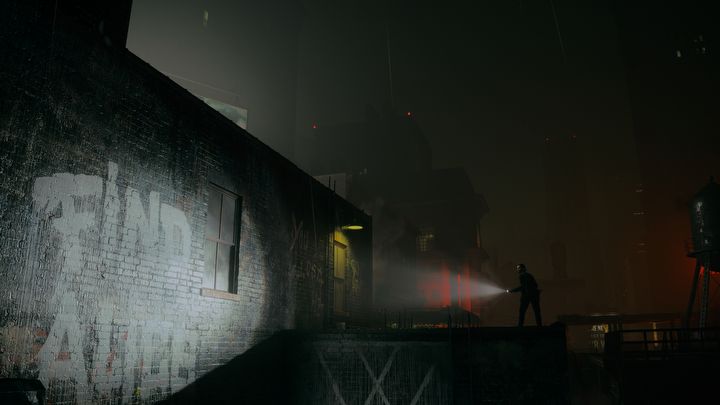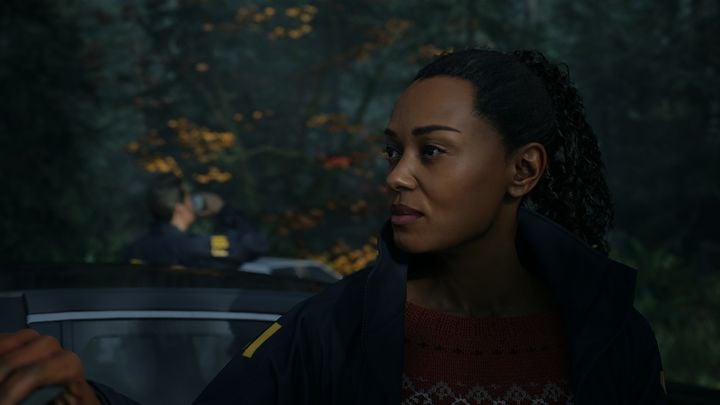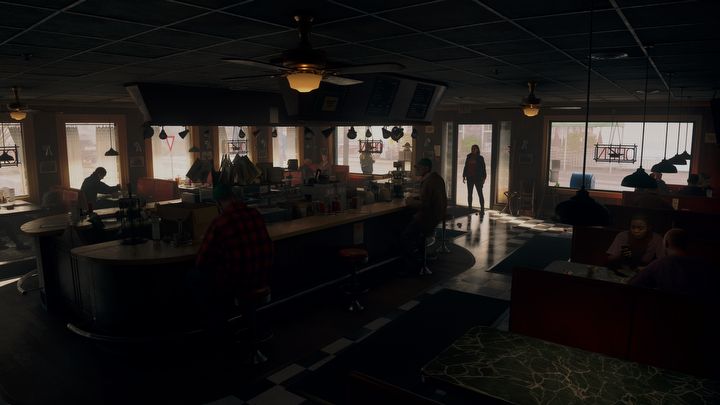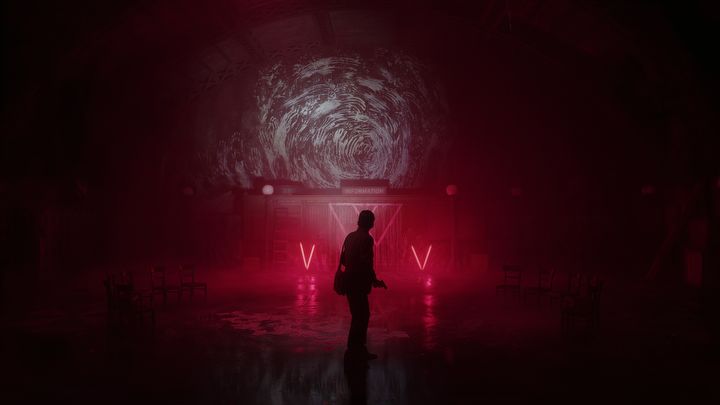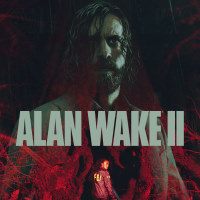Alan Wake 2 Review: The Sheer Power of Storytelling
Alan Wake 2 stands out as a sequel that builds on the strong foundation laid by the original some thirteen years ago and takes the series in an exciting, new direction.
The review is based on the PS5 version. It's also relevant to PC, XSX version(s).
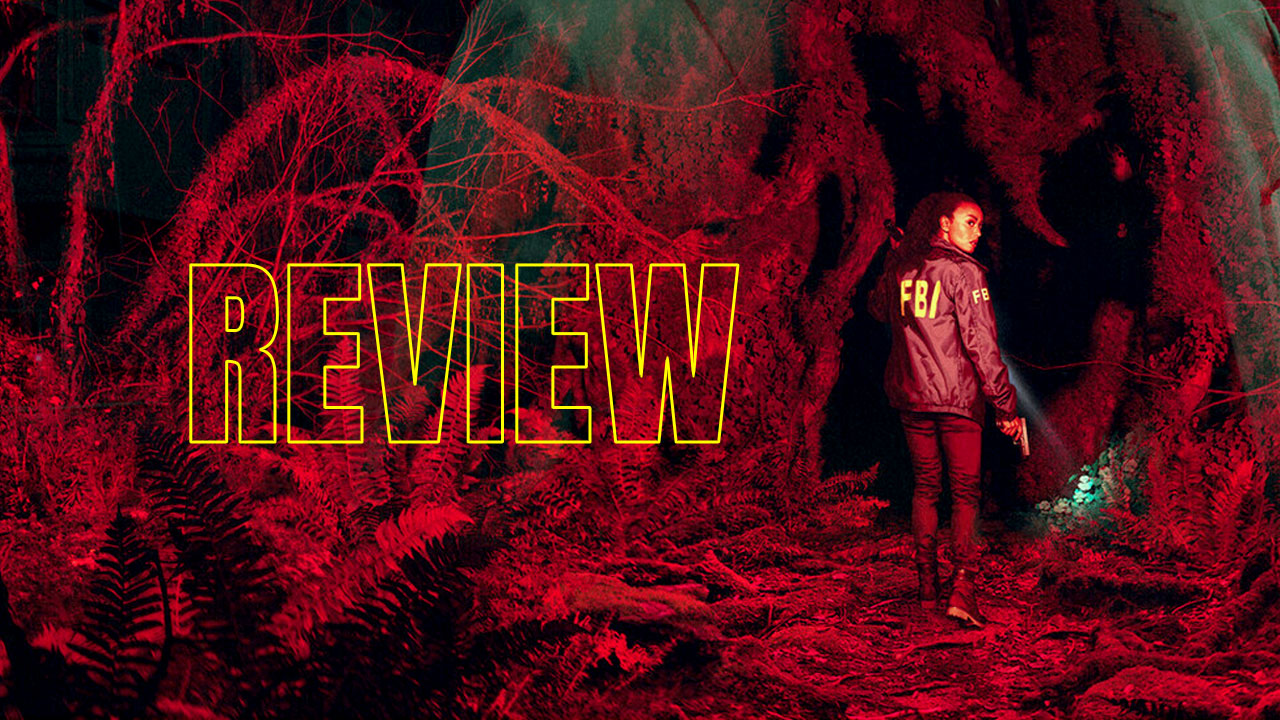
You may have missed the first Alan Wake when it launched thirteen years ago for the Xbox 360. Thankfully, Alan Wake 2 is not a sequel that requires you to have played the original. Players get the best of both worlds (literally?) by playing as Alan Wake, the writer trying to escape the Dark Place, and as Saga Anderson, the FBI agent investigating strange disappearances in the Pacific Northwest. Navigating the real world gives players the chance to learn the basics of the story with Saga, while Alan’s journey through the Dark Place takes everything to a whole new supernatural level.
This review could spend plenty of time comparing Alan Wake 2 to the original game, but to avoid touching on that too much, let’s just say that this game is a clear upgrade in nearly every way from the original. Gaming has changed a lot in thirteen years, and the Alan Wake series has adapted.
- Gameplay immerses players in the narrative
- Takes ‘environmental storytelling’ to the next level
- A world worth exploring to find every detail
- Somewhat linear narrative leaves little room for player choice
- Simple, but still well-written, conversations with NPCs
The most impactful changes to the series are the additional protagonist of Saga Anderson (the FBI agent) and the general genre shift from a horror-adjacent, action-adventure story to more of a slow-burn, tension-building horror story. Fans of the original narrative, the characters, and the setting will not be disappointed. Alan Wake 2 stays true to the original, building on the unique foundation it laid.
The Mind Place & The Writer’s Room
It’s important to establish that Alan Wake 2 is a game that is highly focused on narrative. While there’s some shooting involved, that is rarely the focus. The combat has certainly been improved in many ways, but most of the brand-new gameplay elements help emphasize the story, and the character’s influence on it. Saga has her “Mind Place,” and Alan has his “Writer’s Room.”
As a federal investigator, Saga’s Mind Place helps her make sense of the world through two primary tools: the case board and profiling. The case board is the classic, iconic web of clues to create a web of various investigations. Finding clues and adding them here helps Saga figure out what to do next. While the case board has a set order and structure, meaning the player can’t create a unique web of clues themselves, it does still end up being a satisfying way to collect, display, and organize evidence. Saga also has the ability to Profile, which gives her unique powers of deduction. Analyzing various individuals can give Saga visions of what they know or what they are hiding.
Meanwhile, Alan has access to his Writer’s Room. The Dark Place is heavily influenced by art and can turn his writing into reality, so Alan uses this as a way to try to write his way back to the real world. When exploring the Dark Place, Alan can use his Plot Board to change the narrative around himself. Changes might give him access to an area that was previously blocked off or lead to further discoveries about how to escape.
These mechanics have a meaningful impact on the gameplay experience. Playing as Saga should feel like playing an investigator, and playing as Alan should feel like playing a storyteller. Both help to make the player an active participant in the story.
Opportunities for Choice
Swapping between these two characters feels natural. While the storylines are very different visually, the controls and gameplay loop are similar enough that it’s easy to pick up a rhythm. Arrive in a new location, explore, find some clues, and then go into the Mind Place or Writer’s Room to progress.
The game starts out from the perspective of Saga (after a disturbing opening sequence - you’ve been warned) and then the player is introduced to the Dark Place with Alan. After these first few missions, the player has the freedom to swap between characters at certain checkpoints. Both the Saga and Alan missions can be completed in any order, but all missions have to be completed before you can finish the game.
Alan Wake 2 certainly offers some opportunity for player choice. The narrative is fairly linear, but the player can explore hubs like Cauldron Lake or Bright Falls freely. Saga’s missions in particular have mysterious clues, dialogue, and hidden details that might only be found if the player decides to branch off from the story for a few minutes. Outside of that though, there really isn’t much influence that the player can have on the direction of the narrative. Talking to NPCs is just an exercise in patience as the player asks each possible question before moving on. Thankfully, the narrative is so engaging that it’s not hard to be patient.
Taking Environmental Storytelling to the Next Level
Alan Wake 2 relies heavily on visuals, and they deliver. The game plays around with overlapping images and even uses live action over digital graphics fairly regularly in cut scenes and during profiling. Sometimes it can even be hard to tell what’s real and what’s game graphics. Changing the environment also becomes vital to Alan’s missions. Rewriting the narrative around himself can quite literally take the idea of environmental storytelling to the next level.
During his missions, Alan has to find scenes and introduce plot points. Introducing the right plot points will allow him to progress and (hopefully) lead to escape from the Dark Place. In a way, the player crafts the environmental story on their own. At one point early on, for example, Alan needs to find a way through the subway tunnels, but a subway car blocks his path. Alan can change the narrative so that cultists burned the subway car, leaving it damaged enough to pass through.
The visual storytelling in the game can also be a lot more subtle. In the very first moments of the game, Saga walks past a trail sign for Mirror Peak. The player can see the mountain in the distance when they read the sign. This doesn’t count as a clue, nor is it necessary to read the sign to progress the narrative, but learning that Mirror Peak was named for the way it reflects perfectly on Cauldron Lake does leave an impact. This hints at the significance of Cauldron Lake, and the strange reflections that might lie within it. Small thoughts like this stick with the player, and lay the foundations for tension later on.
A Compelling Narrative
Alan Wake 2 is hard to stop playing. Of course a game about a writer has a compelling narrative. Thankfully, there are many ‘parts’ or ‘chapters’ that provide natural stopping points. Then there is also the opportunity to swap between Saga and Alan, which can be a nice change of pace if you can manage to pause the storyline you’re on.
A common theme throughout the story is fact versus fiction. As Saga begins to uncover Alan Wake’s stories, she begins having strange interactions with the residents of Bright Falls. Many of them remember her, and even have fond memories of her living there, despite the fact that she has never been there before. Saga quickly has to grapple with being part of a story and figure out what that means for the people from her ‘real life’ that she cares about, particularly her daughter.
Alan Wake 2 proves to be worth the wait. This sequel is an upgrade in nearly every way, and while player influence on the story can feel limited at times, the engaging narrative more than compensates. From the challenging, tense combat to the excellent environmental storytelling, Alan Wake 2 will have no trouble hooking players from start to finish.
You can find all our reviews on Metacritic and Opencritic.
Meanwhile, Alan can hardly remember anything that has happened in the last thirteen years. He becomes an unreliable narrator even for himself. With both main characters questioning their memories, and a supernatural murder mystery happening in the background, not even the player can keep track of what’s truth and what’s fiction.
In some games, the story is what happens in between gameplay. Alan Wake 2 is one of the few games that manages to immerse the player in the story from start to finish.
Conclusion
I could go on and on about how great an experience Alan Wake 2 was. There’s plenty that I wasn’t able to fit into this review, like how the steady expenditure of resources like flashlight charges and healing items directly puts pressure on the player and rackets up the tension of each combat encounter. There are many more articles I could write about this game.
Another topic to delve into at some point is the so-called “Remedy-verse” that connects the world of Alan Wake to developer Remedy Entertainment’s other titles, like Control. Alan Wake 2 dips further into this connected universe than other Remedy games so far. It will be very exciting to see how this influences future games, like Control 2, which was announced last year.
As someone who missed out on the original Alan Wake when it came out (I played the remastered version which was released in 2021), part of me is disappointed I didn’t get into this series sooner. The other part of me is glad I didn’t have to wait the full thirteen years to play the sequel. Now that I am here, I am utterly hooked. Hopefully, it won’t be another thirteen-year wait for more.
Alan Wake 2
Alan Wake 2 Review: The Sheer Power of Storytelling
Alan Wake 2 stands out as a sequel that builds on the strong foundation laid by the original some thirteen years ago and takes the series in an exciting, new direction.
